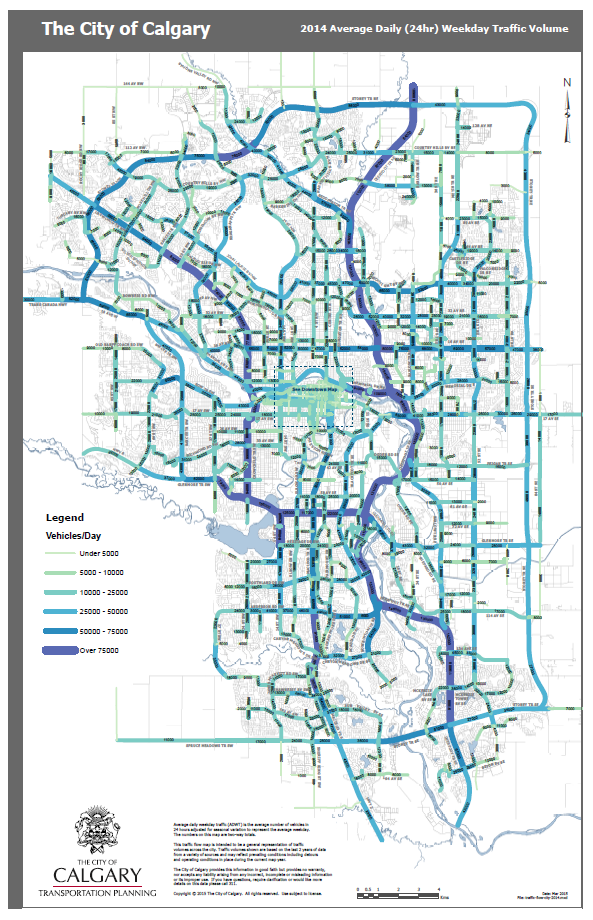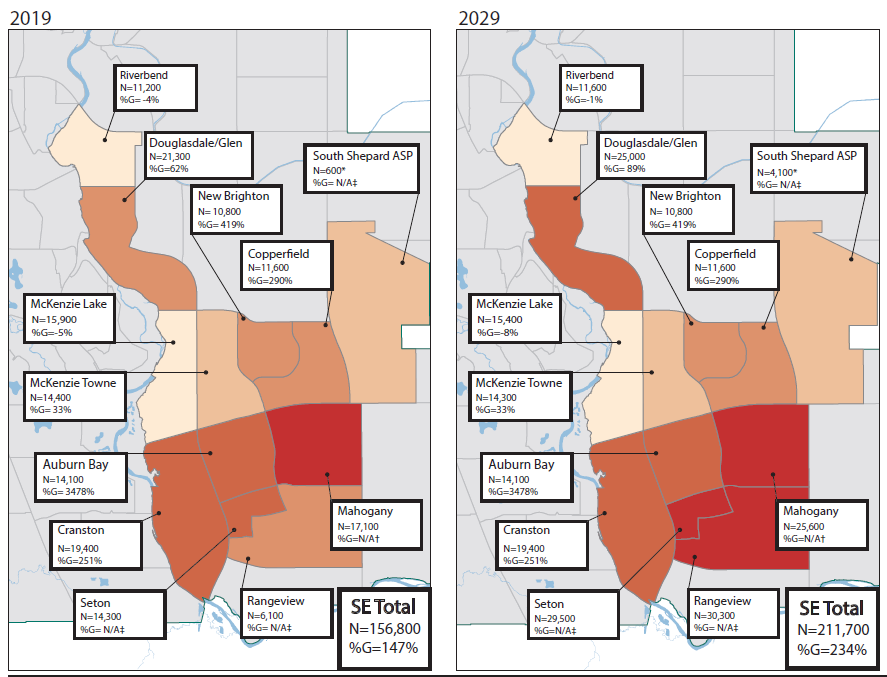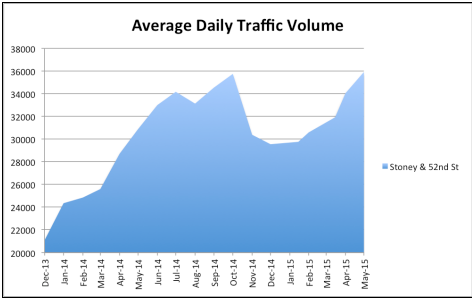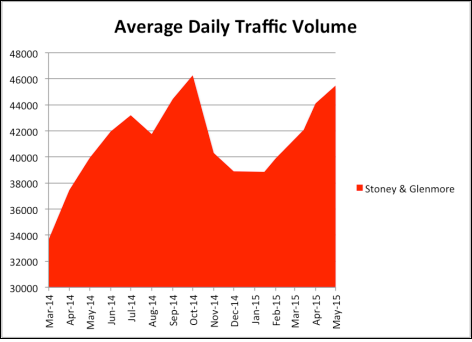Deerfoot Trail – Gridlock Games
If you live in Ward 12 you know a thing or two about Deerfoot Trail. Many residents that use the Deerfoot to commute on a daily basis spend considerable amounts stuck in gridlock wishing they were somewhere else.
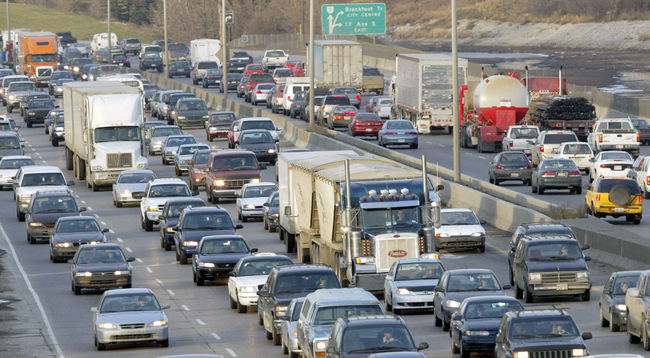
On Monday the Provincial government confirmed that plans for improvements on portions of Deerfoot Trail were being put on hold . The improvements would have seen widening of Deerfoot between Southland Trail and Anderson Trail, Glenmore Trail as well as Airport Trail. Instead of tangible improvements today, the Province and the City of Calgary will be taking on a $3-3.5 million study of Deerfoot Trail from Stoney Trail north to Highway 22X in the south that will not be completed for three years. The study cannot begin immediately because funding currently is not in place. The City could take forward this study immediately if the Province promised some form of funding, and this process could be completed much sooner.
A closer look at Calgary’s traffic volume paints a pretty clear picture; Deerfoot Trail is far and away the busiest roadway in Calgary. Consider the follow figures of daily traffic flow at the major southeast pinch points on Deerfoot Trail:
South of Glenmore on Deerfoot –
Southbound: 62,600 vehicles
Northbound: 49,400 vehicles
North of Southland on Deerfoot –
Southbound: 69,500
Northbound: 69,500
The map below shows that Deerfoot Trail is busier for a much longer distance than any other roadway in Calgary:
Calgary’s population is continuing to swell. Southeast Calgary is seeing some of the most aggressive growth rates in the entire city. As you can see from the figure below, by 2019 the population in southeast Calgary south of Glenmore Trail will swell to 156,800 people. By 2029 this number grows to 211,700.
This is expansive growth in areas with very few transportation options. Infrastructure improvements like Stoney Trail in the southeast have helped temporarily, but continued growth in new communities has brought us back to 2013 levels of congestion on Deerfoot Trail.
We can also see that traffic volume on Stoney Trail is now reaching peak levels of usage since opening in late 2013:
The bottom line is simple: the time for improvements on the Deerfoot is now. If we wait three years or longer to address some of these issues, traffic congestion is only going to get worse for Calgarians. With the absence of new transit options new residents of Ward 12 will be forced onto Deerfoot and Stoney Trail. We also need to factor in growth in towns like Okotoks south of Calgary that also puts tremendous pressure on these major roadways.
It is absolutely crucial that something is done immediately rather than waiting for this study to tell the Alberta government what residents of southeast Calgary already know. Simply put, Deerfoot Trail must be at least lanes with further allowances for four lanes in the future. There are a number of things that could be done to provide a short term solution. Some lanes could be narrowed or possibly restrictions in the size of the shoulder at the pinch spots along Deerfoot could provide some temporary relief. If a construction solution cannot be found, the Provincial government should allocate money for the City of Calgary to begin the traffic study as soon as possible.
Calgary’s growth is not going to be put on pause while the Provincial government decides what needs to be done with Deerfoot Trail. I urge the Provincial government to consider immediate action to provide some relief on Deerfoot Trail. If nothing is done, this issue is going to get considerably worse before it gets better.

